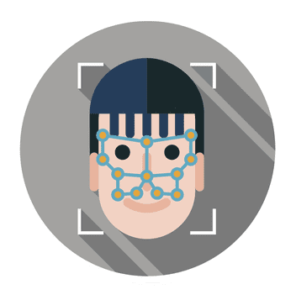Disney has been testing out biometric technology designed to monitor and predict audience reactions to movies and other media.
 The experimentation was carried out by Disney Research, and involved the use of factorized variational autoencoders, or FVAEs – AI algorithms that can detect patterns in visual inputs, such as audience members’ smiles and laughter. The FVAEs were applied to video feeds from infrared cameras installed in a 400-seat theater that showed 150 screenings of popular movies like Star Wars: The Force Awakens and The Jungle Book. The researchers found that their FVAEs were not only able to identify patterns in audience behavior, but to predict audience reactions for the remainder of a film after just five minutes of observation.
The experimentation was carried out by Disney Research, and involved the use of factorized variational autoencoders, or FVAEs – AI algorithms that can detect patterns in visual inputs, such as audience members’ smiles and laughter. The FVAEs were applied to video feeds from infrared cameras installed in a 400-seat theater that showed 150 screenings of popular movies like Star Wars: The Force Awakens and The Jungle Book. The researchers found that their FVAEs were not only able to identify patterns in audience behavior, but to predict audience reactions for the remainder of a film after just five minutes of observation.
It is perhaps too early to consider significant ramifications of the preliminary data – if an audience is laughing a lot during the first five minutes of a comedy, it isn’t quite groundbreaking for an AI system to predict that they will continue to laugh for the rest of the movie. But as the technology continues to evolve and the FVAEs are trained on more data, it could yield some truly impactful results, perhaps particularly in the area of marketing, where some companies are already using biometrics to track audience responses.
The technology also holds potential for the production of films, with Disney’s researchers asserting that the FVAEs can find patterns in anything, such as wind blowing through trees, and that the data could then be used to recreate such images in computer animation. Which in turn could lead to more smiles among audience members.
Source: EurekAlert
–
July 28, 2017 – by Alex Perala


Follow Us